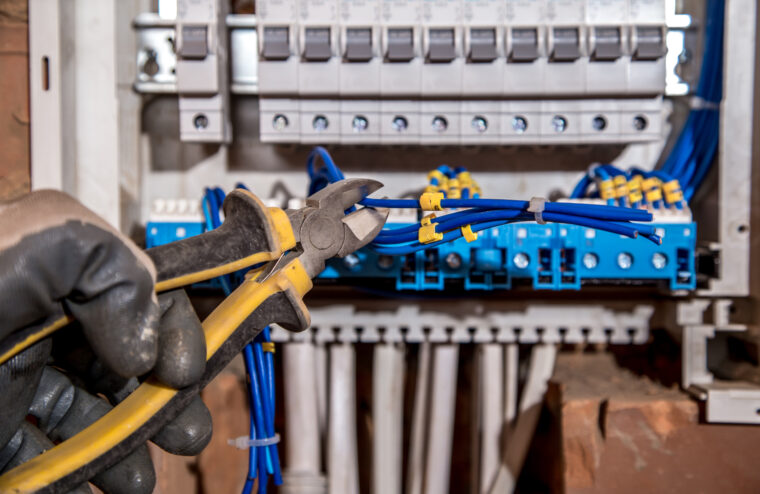5 Common Electrical Issues in Homes and How to Fix Them
Home electrical problems are more common than one might think. From flickering lights to overloaded circuits, these issues can be both a nuisance and a safety hazard. Understanding these common electrical problems and knowing how to address them can save you time, money, and potentially prevent a disaster.
Flickering Lights
Causes
Flickering lights are often the first indicators of an electrical issue. This can be due to a variety of factors:
– Loose Bulbs or Fixtures: One of the simplest causes of flickering lights is a loose bulb or fixture.
– Faulty Light Switch: Sometimes, the switch controlling the light could be defective.
– Electrical Overload: If lights flicker when you turn on a large appliance, your circuit may be overloaded.
Solutions
– Tighten Bulbs and Fixtures: Ensure that all bulbs and light fixtures are tightly secured.
– Replace Defective Switches: If the switch is the culprit, it’s best to replace it.
– Upgrade Wiring or Add Circuits: If an overload is causing the flickering, consult experienced electrician to upgrade your wiring or add extra circuits to balance the load.
Frequent Circuit Breaker Trips
Causes
Frequent tripping of the circuit breaker is a sign of overloading or an electrical fault. Common causes include:
– Overloaded Circuits: This occurs when too many devices are connected to a single circuit.
– Short Circuits: This happens when a live wire touches a neutral wire, causing a high flow of current.
– Ground Fault: Similar to a short circuit, this occurs when a live wire touches the ground wire or the metal case of an appliance.
Solutions
– Redistribute Plugged Devices: Avoid overloading circuits by redistributing the devices across multiple outlets.
– Inspect for Faults: Check for any faulty appliances or wiring that might be causing short circuits or ground faults.
– Professional Inspection: If the problem persists, it’s advisable to have a professional inspect your electrical system.
Dead Outlets
Causes
Dead outlets are another common issue:
– Tripped Circuit Breaker: A circuit breaker may trip, cutting off power to the outlet.
– Blown Fuse: In older homes, a blown fuse could be responsible.
– Faulty Outlet: Sometimes, the outlet itself may be defective or worn out.
Solutions
– Reset the Circuit Breaker: Check your breaker box and reset any tripped breakers.
– Replace Blown Fuses: In homes with fuses, replace any that are blown.
– Replace the Outlet: If the outlet is the issue, replace it with a new one.
Overlamping
Causes
Overlamping occurs when a light fixture has a bulb with a higher wattage than it can handle:
– Excess Heat: The excessive wattage produces too much heat, posing a fire hazard.
Solutions
– Use Correct Bulbs: Always use bulbs that are within the wattage limit of the fixture.
– Upgrade Fixtures: If higher light output is needed, upgrade to fixtures designed to handle higher wattages or consider energy-efficient LED bulbs.
Faulty Wiring
Causes
Faulty wiring is a serious concern that can lead to fires. Common signs include:
– Sparking or Arcing: This occurs when connections are loose or wires are damaged.
– Burning Smell: A persistent burning smell is a strong indicator of wiring problems.
– Discolored Outlets: Outlets that appear discolored or scorched point to overheating.
Solutions
– Immediate Inspection: Stop using the affected outlets and have them inspected immediately.
– Professional Repair or Replacement: Engage a licensed electrician to repair or replace faulty wiring.
– Routine Checks: Regular inspections of your home’s wiring can preempt potential issues.
Conclusion
Understanding these common electrical issues and their solutions can help maintain the safety and functionality of your home. However, handling electrical problems can be risky. It’s always recommended to consult or hire a professional electrician for any significant repairs or inspections.

